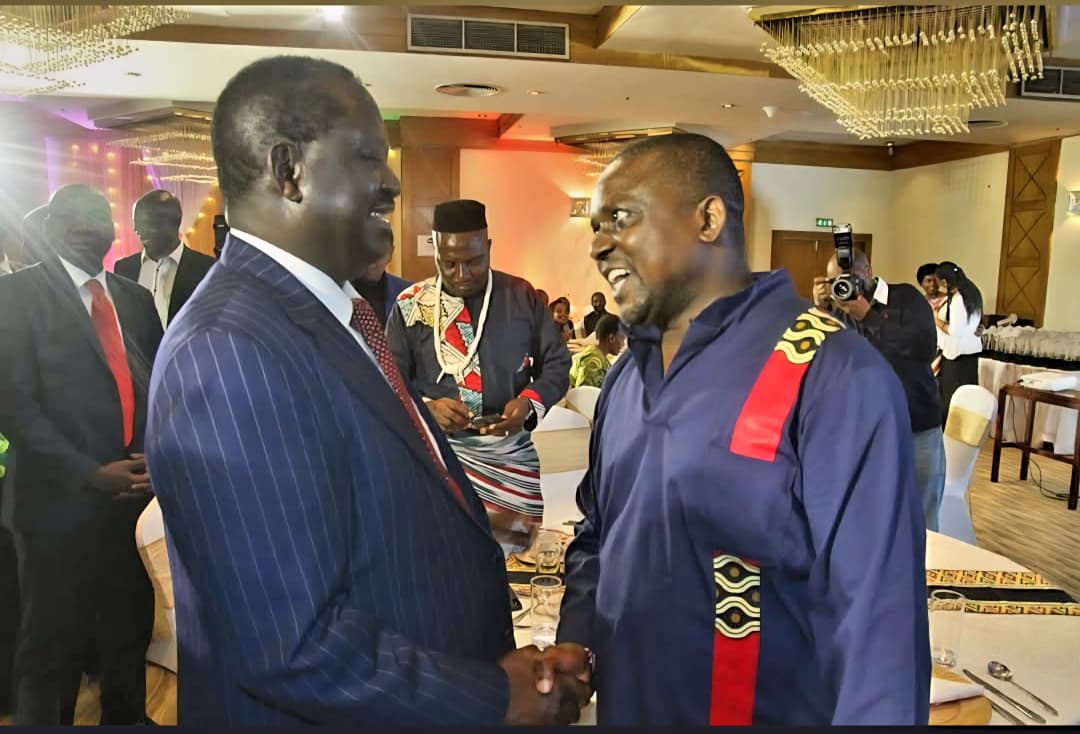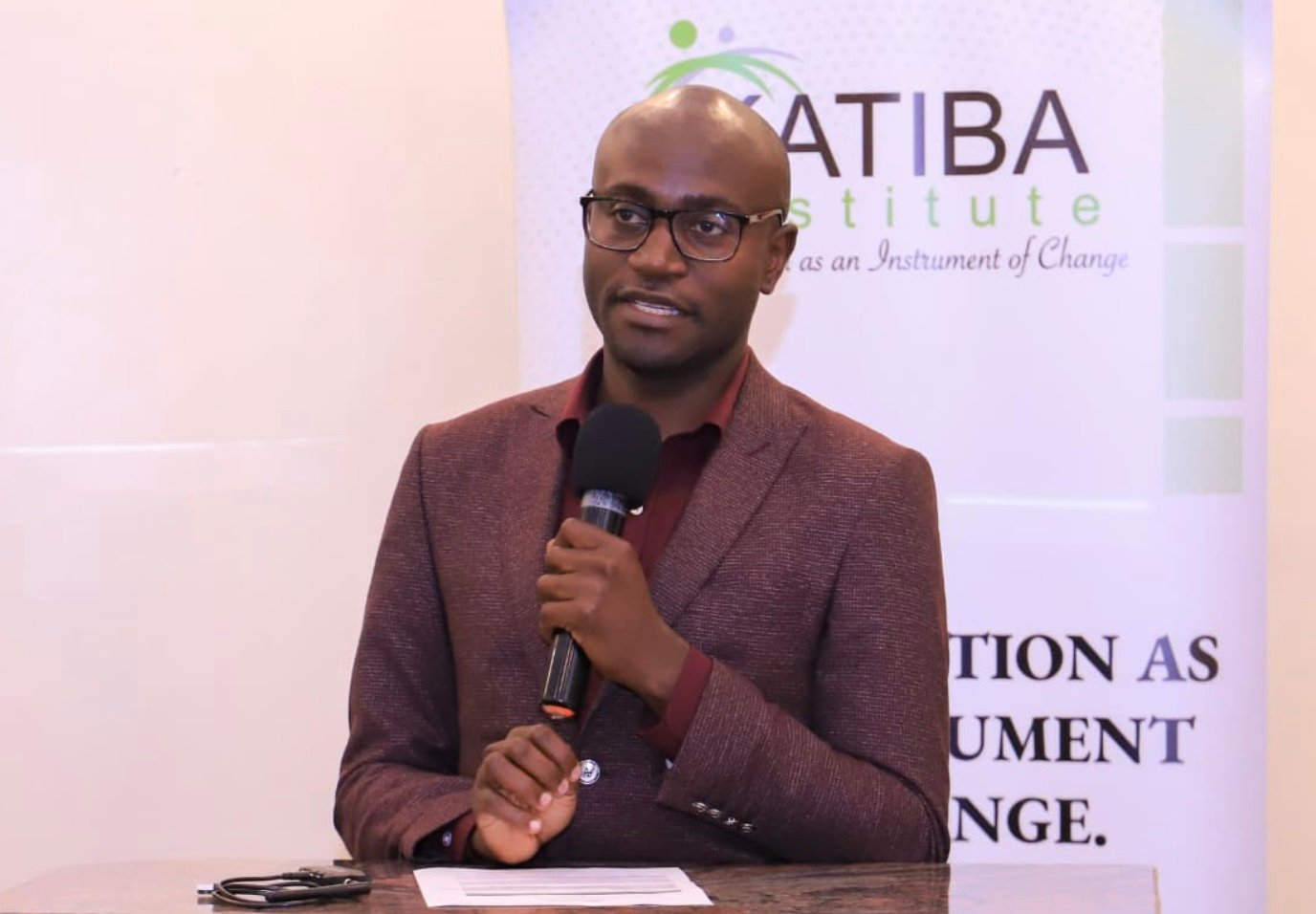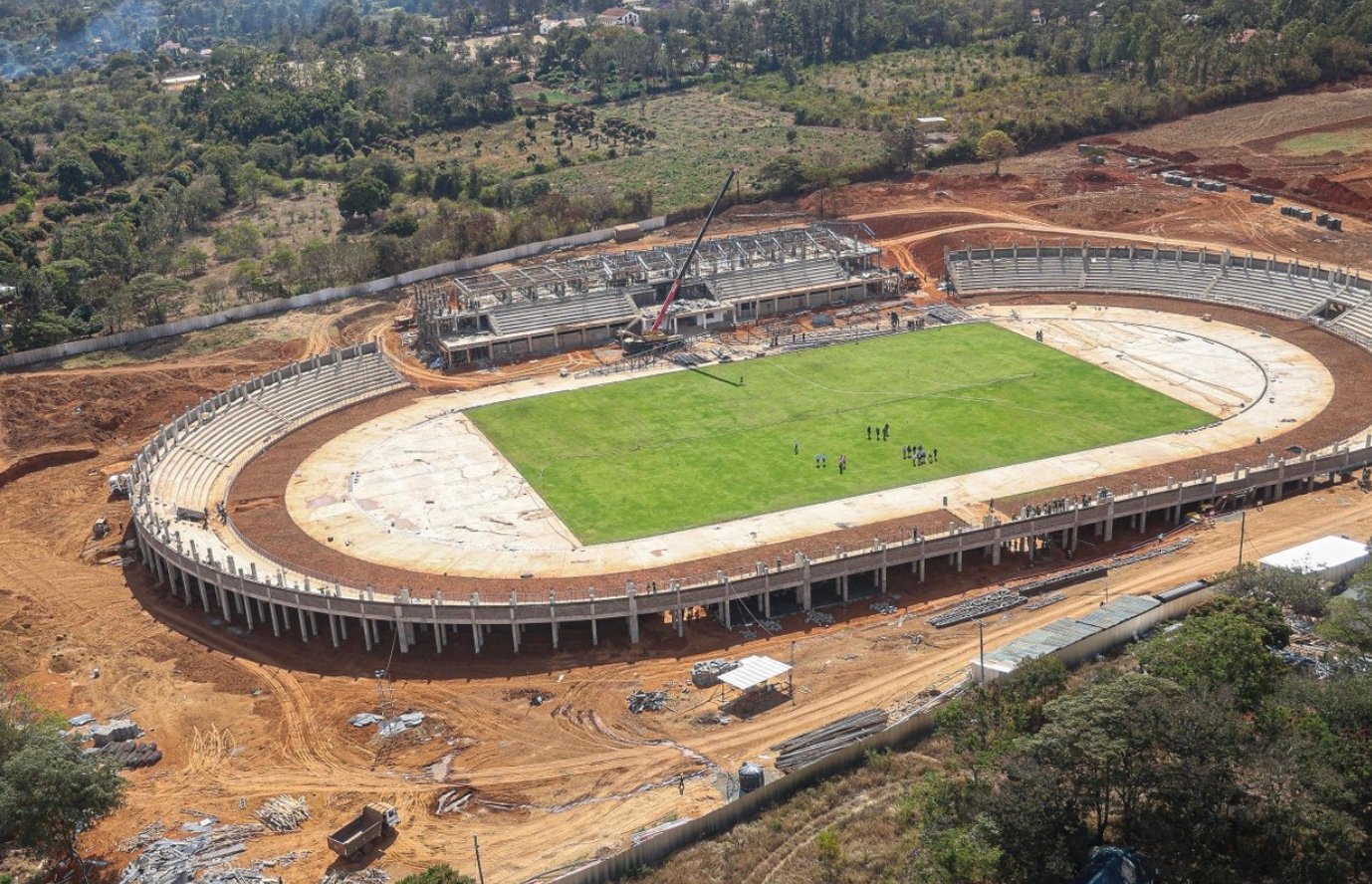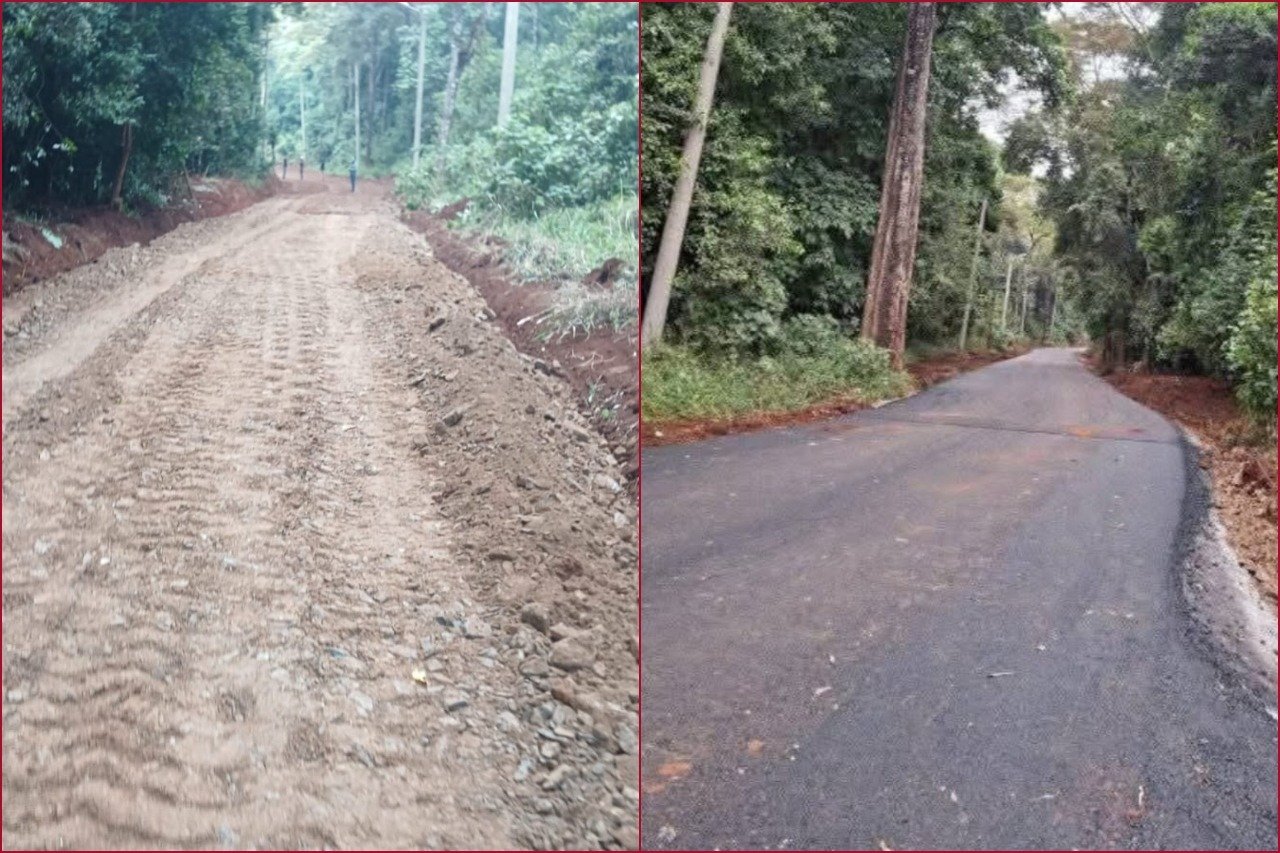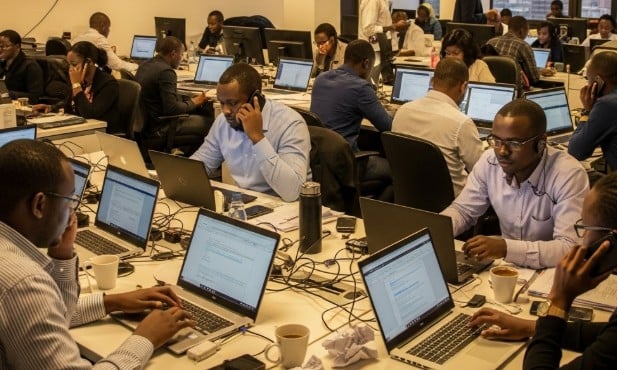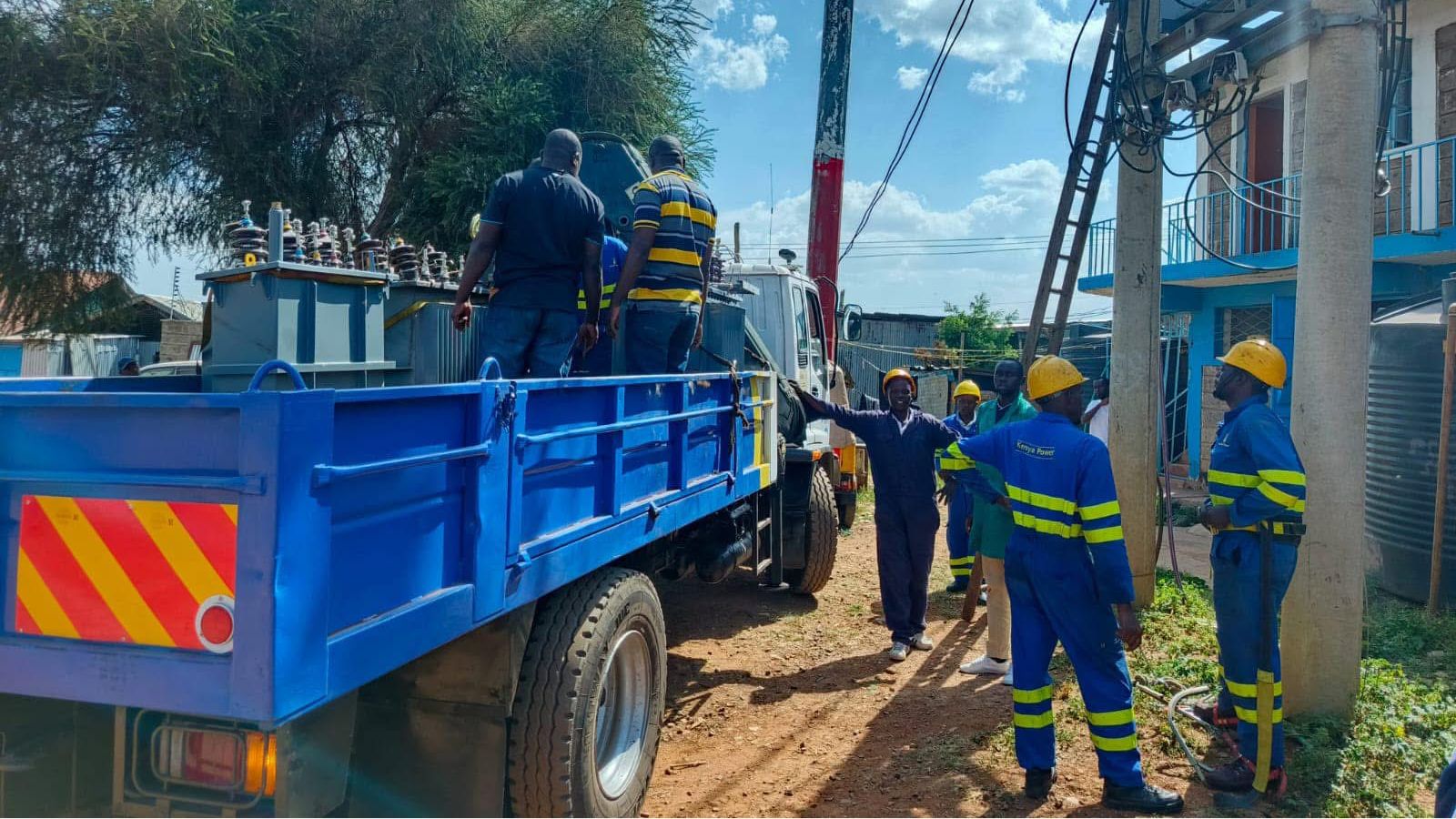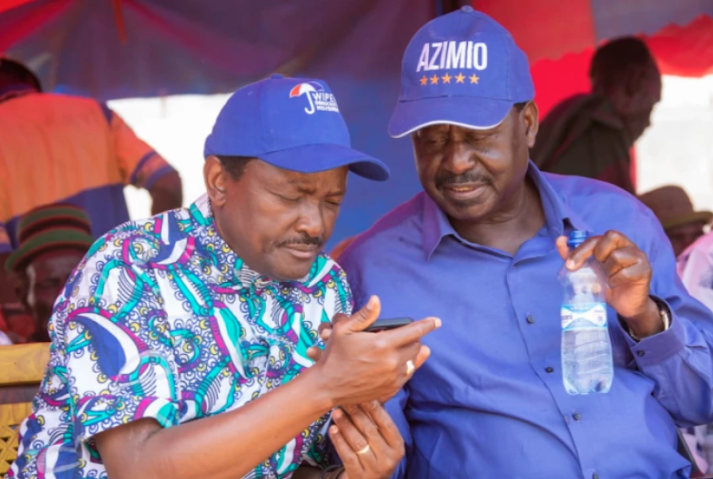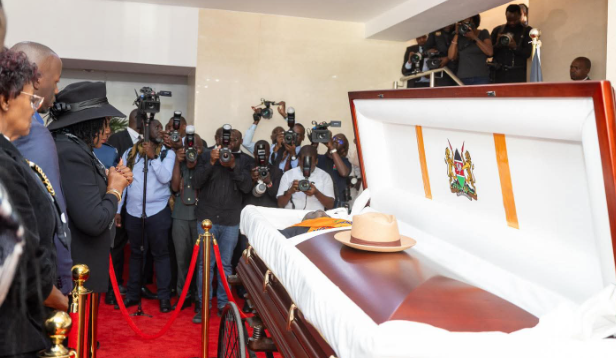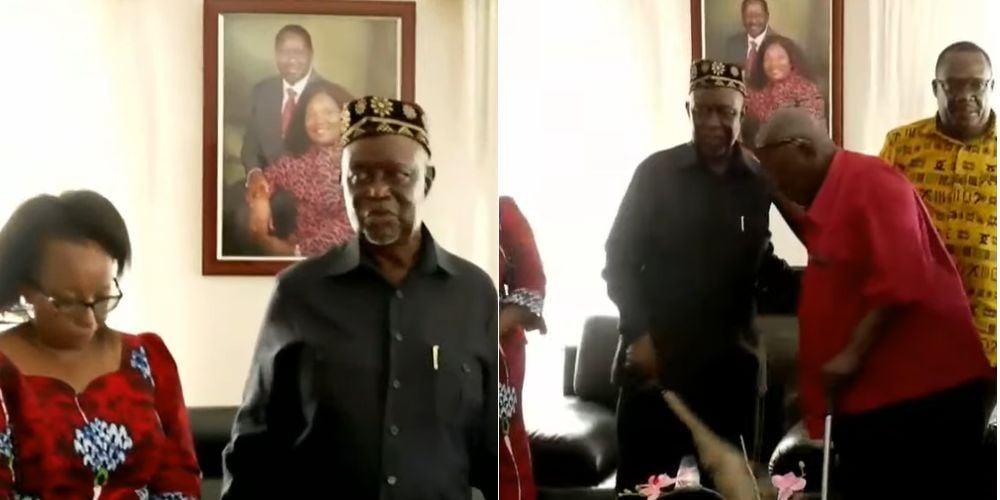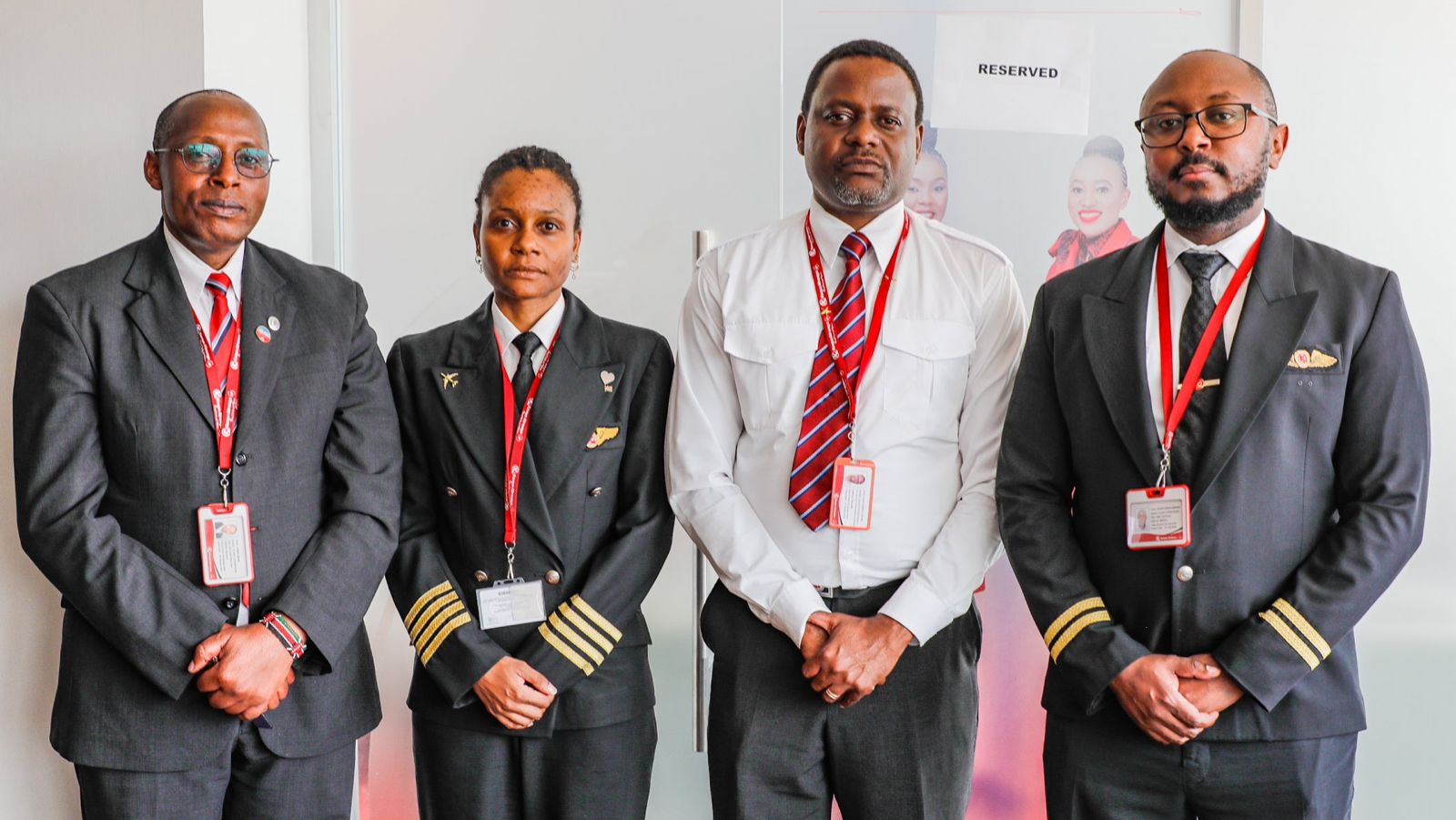By Victor Bwire
The demise of former Prime Minister Raila Odinga, though inevitable in the course of life, came at the least expected time. His sudden death marked the end of a political giant who, for over four decades, stood at the center of Kenya’s political journey and transformation, from opposition icon to prime minister, from fierce activist and prisoner to reformist and elder statesman.
Throughout his public life, Raila maintained a remarkably cordial relationship with the media. He consistently filled the media space, admired by supporters and critiqued by opponents alike, reflecting his unwavering commitment to open discourse, media freedom, and political debate.
A sociable, knowledgeable, and alert leader, Raila was also something of an archivist. During media interviews, he often used storytelling to make his points, weaving in anecdotes and historical references. Listening to him was rarely dull. In our few encounters, I found him to be a charming man, focused on his ideals.
A firm believer in socialism, Raila was often misunderstood, particularly regarding his views on private donations to public causes. He believed that once citizens had paid their taxes, it was the state’s sole responsibility to provide public services such as education and healthcare. Privately, however, Raila was a generous man, known to donate and sponsor several events.
Read More
Raila remained a positive person, capable of laughter even in adversity. I recall, during the height of the 2007/2008 post-election violence, when he visited us at the Kenya National Commission on Human Rights (KNCHR). Despite the chaos and visible stress, red eyes and tense facial muscles, he reassured us to stay calm, saying that all would be well in time. He confided that some allies were urging him to declare himself president, but he remained patient and optimistic that a peaceful solution would emerge.
In 2022, at the peak of ODM party primaries, pressure mounted from aspirants across the country. Through a journalist friend working in his office, I tried calling Raila several times without success. When I finally reached him, he cheerfully asked where we could meet. Before I could finish responding, he suggested meeting at a popular club in Nairobi, “so that we discuss over a dance.” Indeed, he was a good dancer!

Over the years, Raila championed the rights of journalists and condemned authoritarian tendencies targeting the media. He had close friendships with several journalists, something I learned from the late Ochieng Sino, a diehard Raila reporter at The Standard. In times of state repression, including media blackouts during elections and police brutality against reporters, Raila often stood in solidarity with the press.
In 2018, when several TV stations were shut down during his controversial self-swearing-in” ceremony, Raila publicly decried the suppression. The government’s move to block live broadcasts was widely condemned, with media rights watchdog Article 19 calling it “an outright violation of constitutional guarantees.” The episode became a defining moment in Kenya’s media freedom discourse.
Yet, Raila’s journey was not without controversy. In March 2023, he called for a public boycott of The Star newspaper, accusing it of biased reporting and “enabling a brutal regime.” The move drew criticism from media support groups, who warned that such remarks could endanger journalists and undermine press freedom. He later retracted the boycott, opting instead to lodge a formal complaint through institutional channels, a rare but powerful show of respect for dialogue over confrontation.
“We shall seal all the loopholes that allowed this to happen,” he vowed after rogue youths disrupted a 2024 press conference by Kalonzo Musyoka and assaulted journalists. Raila issued a public apology, reaffirming his party’s “zero tolerance for violence against the media.”
Even during the turbulent protests of 2023 and 2024, Raila often urged restraint, especially when journalists were injured or harassed by either state security or rogue groups.
During the 2025 Madaraka Day celebrations at a stadium named in his honour, several journalists were assaulted by security officers. Though he was not responsible, the symbolism was striking. As one press advocate noted, “When freedom is threatened in a place named after a freedom fighter, it is a national contradiction.”
More often than not, Raila was a friend of the media, a critic of censorship, and a champion of public discourse. His vision for Kenya was one of openness: a nation where ideas, however uncomfortable, could be debated freely.
Raila came close to winning the presidency three times, in 2007, 2013, and 2022. After each contest, despite immense pressure from his supporters, he always sought peace, most notably through the handshake initiative, which he supported for the sake of national stability.
Leading the largest political party in Kenya, and one of the most influential in Africa, the Orange Democratic Movement (ODM), Raila constantly faced immense public expectations. Yet through it all, he remained steadfast in his commitment to democracy, justice, and unity.
Mr. Victor Bwire is the Head of Media Development and Strategy at the Media Council of Kenya.
